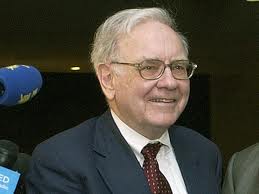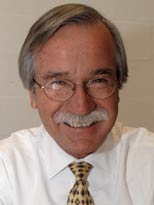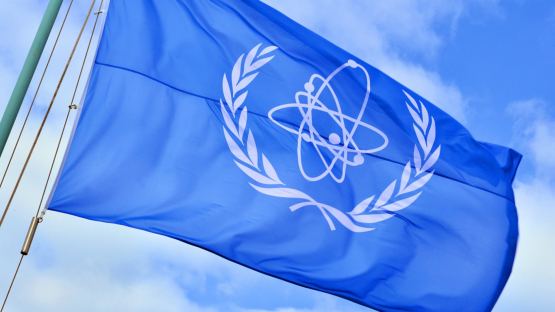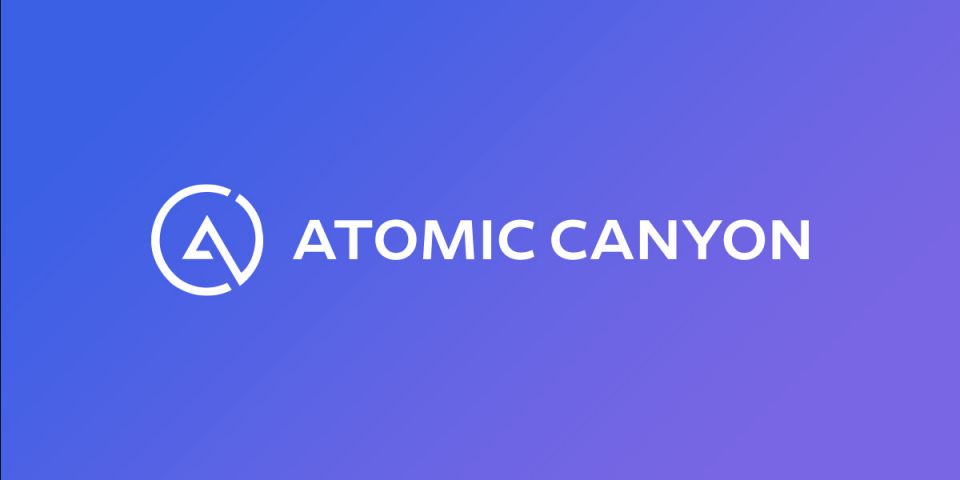31st Carnival of Nuclear Energy blogs
 This is the weekly Carnival of Nuclear Energy Bloggers with contributions from the leading pro-nuclear blogs in North America.
This is the weekly Carnival of Nuclear Energy Bloggers with contributions from the leading pro-nuclear blogs in North America.
The blog posts here are selected by the bloggers themselves as the best posts for the past week.
If you are looking for the voice of the nuclear renaissance, you will find it here.
Nuclear Summit draws a high-level crowd
We have two reports of the meeting held in Washington, D.C., last week on the future of the nuclear renaissance in the United States. There has been some doubt of late, with suggestions that it is slipping back into the dark ages.
At Atomic Insights, Rod Adams says it ain't so Joe. He writes that it was encouraging to hear a group of serious and committed people talking candidly about the potential for atomic energy to contribute substantially to a cleaner and more secure energy production system and that does not sacrifice the reliability that Americans assume almost as a birthright.
A number of the speakers were quite clear in their judgment that wind and solar energy were not adequate replacements for fossil fuel. Overcoming obstacles in the path of successfully building new nuclear power plants, however, is still going to require steady, sustained effort
At Idaho Samizdat, Dan Yurman writes that one would think that such a gathering would be catnip for the media. He point outs, however, that the New York Times reported, in one of its blogs, that the meeting was long on high-level talk about the obvious and short on innovative solutions . . . "there were few truly new ideas or even new laments."
![]() In a telephone interview published at Idaho Samizdat, John Grossenbacher, director of the Idaho National Laboratory, who facilitated discussions during the summit, praised Energy Secretary Chu for focusing on three key areas.
In a telephone interview published at Idaho Samizdat, John Grossenbacher, director of the Idaho National Laboratory, who facilitated discussions during the summit, praised Energy Secretary Chu for focusing on three key areas.
- Developing public/private partnerships to build reactors
- Finding ways to assure financing and certainty in the marketplace for utilities and investors
- Rebuilding America's nuclear energy infrastructure to manufacture components

Grossenbacher
Grossenbacher noted, "If you just let market forces drive energy policy, you will get natural gas plants being built as long as it is plentiful and cheap, but it may not always be that way."
The Idaho lab co-sponsored the event with Third Way, a DC-based think tank.
Solar vs. nuclear
 At Next Big Future, Brain Wang digs into levelized costs per kilowatt for solar, wind, nuclear, and fossil energy. He turns over piles of energy statistics that show that nuclear as a non-carbon energy source is very cost effective.
At Next Big Future, Brain Wang digs into levelized costs per kilowatt for solar, wind, nuclear, and fossil energy. He turns over piles of energy statistics that show that nuclear as a non-carbon energy source is very cost effective.
"My summation of energy price comparison information is from the OECD, DOE, and California Energy, " Wang noted.
For nuclear, $43-54 /MWH for the main Asian (China and South Korea) countries that are building most of the new reactors (10 percent discount rate) and $68/MWH for Russia.
New nuclear build in South Korea and China and Russia is very cheap. That is where most of the reactors (nuclear and other new power) will be built. China will also build almost twice as much hydro from 2010-2020 (almost 200 GWe of hydro and a lot of coal).
IAEA fuel bank

Warren Buffett
At Cool Hand Nuke we learn that America's best known philanthropist billionaire, Warren Buffett, (right) has given $50 million to launch the IAEA fuel bank. It will help nations peacefully develop nuclear energy
The fuel bank will be administered by the International Atomic Energy Agency. Buffett told the NY Times that he made the contribution because "the spread of nuclear weapons of incredible destructive capability is the No. 1 problem facing mankind."
Buffett made the $50-million commitment in September 2006, contingent on the IAEA receiving an additional $100 million in funding to jump-start the fuel bank, a condition that was met in 2009 when Kuwait donated $10 million to put the total over the goal.
Other backers of the fuel bank include the United.States, the European Union, Norway, and the United Arab Emirates. Total funding for the fuel bank is now at $157 million, enough to buy the first fuel load for a new nuclear reactor, about 60-80 tons of uranium.
Nonproliferation experts say that the implementation of a fuel bank creates opportunities for nations to develop nuclear energy without the threat of nuclear weapons.
Nuclear export controls mired in red tape

Kadak (Photo: Donna Coveney)
At ANS Nuclear Cafe, Andrew Kadak, a nuclear energy expert and MIT-based scientist, writes that having recently attended a Pillsbury and Nuclear Energy Institute seminar on "Export Controls for the Nuclear Renaissance," it became clear to him why the United States is losing its leadership position in nuclear energy: The bureaucracy is winning the war over effectiveness of policy and nonproliferation.
It is a familiar story in Washington, but Kadak has some ideas on how to fix things. Check it out.
Shumlin's inconsistent energy policy
At Yes Vermont Yankee, Meredith Angwin writes that in terms of renewables, Governor-elect Shumlin loves geothermal heating and doesn't like biomass. Does he know that geothermal heating is really earth-based heat pump heating? In other words, geothermal heating is electrical heating, the kind of heat that depends on Vermont Yankee.
Wind farm footprints
 Speaking of inconsistencies, Gail Marcus writes at Nuke Power Talk that "talk" about the footprint of wind farms misses important measures of access roads, transmission lines, and other mechanisms and facilities that make them work.
Speaking of inconsistencies, Gail Marcus writes at Nuke Power Talk that "talk" about the footprint of wind farms misses important measures of access roads, transmission lines, and other mechanisms and facilities that make them work.
Adjusting for the generation per acre makes nuclear reactors much more land efficient-up to about a factor of 10 or more, depending on which end of the stated range is used for each.
# # #









